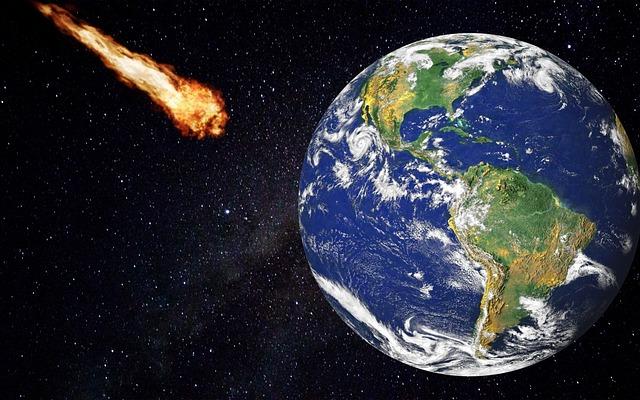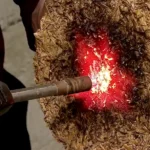NASA has announced that an asteroid, identified as 2024 YR4, has a 2.3% chance of colliding with Earth on December 22, 2032. The space agency made the announcement last week, noting that the asteroid was first discovered in December.
The asteroid is estimated to be between 150 and 300 feet wide. To gain more precise measurements of its size, NASA plans to observe 2024 YR4 using the James Webb Space Telescope next month. Meanwhile, ground-based telescopes will continue monitoring the asteroid until April. After this period, 2024 YR4 will not be visible from Earth again until 2028.
Initially, NASA believed the probability of impact was only 1.2%, according to NBC News, but the estimate was later revised upward. According to the Center for Near Earth Object Studies (CNEOS) at NASA’s Jet Propulsion Laboratory, it is unusual for an asteroid of this projected size to have such a significant chance of collision.
If 2024 YR4 were to strike Earth—a scenario considered unlikely—it would enter the atmosphere at approximately 38,000 miles per hour, CNEOS reported. However, it is still too early to determine the potential impact location, as stated by the European Space Agency. Asteroids of this size typically hit Earth every few thousand years on average, causing substantial regional damage near the impact site.
A historical example of such an event occurred in 1908 when an asteroid measuring roughly 160-200 feet in diameter exploded above the Podkamennaya Tunguska River in Siberia. Although it did not directly hit the surface, the explosion flattened around 80 million trees across an area spanning 830 square miles, according to NASA.
While the likelihood of 2024 YR4 impacting Earth remains low, ongoing observations will provide further clarity on its trajectory and potential risks in the coming years.


